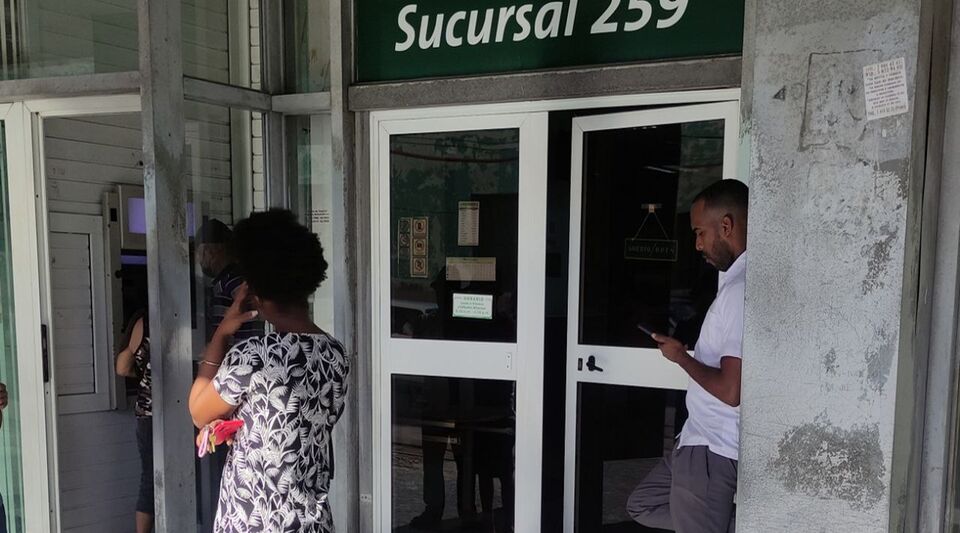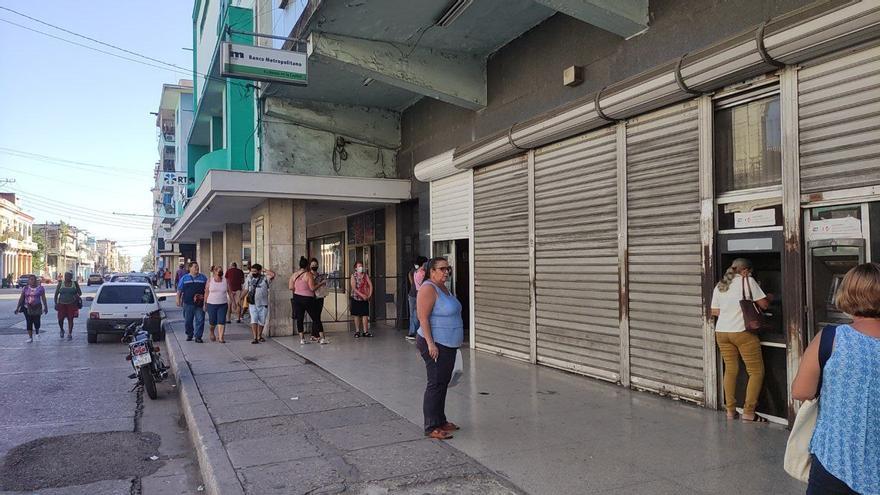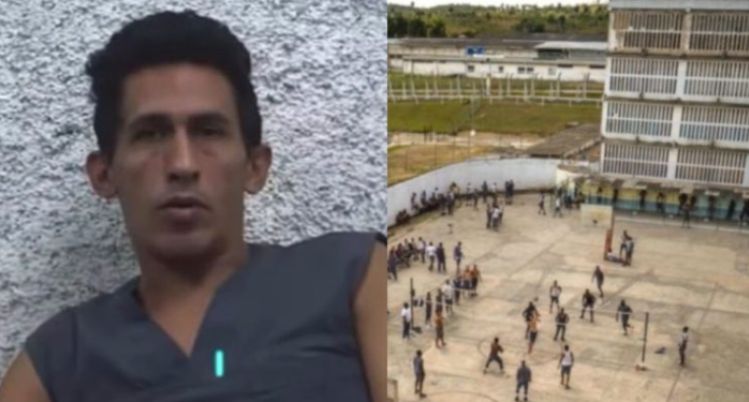I went out into the streets of Havana with ten dollars in my pocket. A sweaty ticket, fought for, miniature fortune for the country of banking surprises. He did not forget the words of the Minister of Economy, serene as an executioner between the president of the Central Bank and the affirmative Randy Alonso.
Dressed in a tie and neat, Alejandro Gil promised to exchange each one of my dollars for 120 pesos, or something like that, because the figure would have to suffer a commission bite. I began to walk towards Infanta wondering how many dollars Gil himself would sell, a man who says he is always “on the ground” and for whom “there are no magic recipes” when it comes to economics.
I arrived at the Cadeca de Infanta, and I did not see any of the “talented young people” and the “professors of the academy” who enlightened the minister to manage this measure. I was greeted by an older uniformed mulatto who impeccably dressed in his uniform. “You saw the Round Table yesterday, didn’t you?” He asked me kindly.
I answered yes and instantly the clerk appeared, nervous as a fire ant, and said: “Did you bring your identity card?” I couldn’t help smiling. So Gil intended not only to open the banks as mousetraps to capture foreign exchange, but also to be aware of who has dollars and how many he is willing to sell?
“It stayed with me, compañera,” I said, and continued walking through Centro Habana, willing to find out what other secret rules Alejandro Gil’s game would have, in its first hours of operation.
He who makes the law cheats, goes the saying. However, everything here is slippery, dark, and doesn’t obey logical rules, I thought, as I went up Infanta until I reached another bench. It was deserted: a few workers, fugitives from their posts during working hours, so as not to submit to longer queues in the afternoon.
“The last to change?” I asked them. They looked up, overwhelmed by heat and boredom, and pointed to the door of the establishment. “The system is still not working”, they inform me inside the establishment.
Like a monetary Eusebio Leal, I continued walking from Havana to Belascoaín and was received, at the bank on the corner of Zanja, by a distracted custodian who did not even take his eyes off his cell phone. “There is no one to change,” the boy explained, “because there is no connection. The system is down, do you understand?”
I looked at the queue in front of the ATMs, which worked perfectly, and the excuse seemed very strange to me. They depend on the same network. The Central Bank of Cuba has not been able to guarantee a serious and effective structure for change, even when they feign “desperation” and “anger” at the US embargo, the usual excuse for incompetence.
They looked up, overwhelmed by heat and boredom, and pointed to the door of the establishment. “The system is still not working”, they inform me
“Come in, come on, change!” one of the clerks from another bank in Belascoain told me solicitously. As a precursor to a financial stab, such enthusiasm seemed dangerous to me. “Has anyone come to change yet?” I asked cautiously.
“No,” admitted the woman, “but there is no problem. You know how these things are at the beginning. The system still does not work well, you have to test it. So you will be the first brave, come on!” “Wait a moment”, I saved myself, and I left like a fireball from there.
Finally, at the bank on Calle Galiano, I found several people queuing to change. The employee at the door, a wonder of economic disinformation, assured that the exact exchange rate for the euro was 121 pesos, when in reality it remains at 119 and a few cents after paying the commission.
In the queue, the “story” of some clueless customers who, when extracting CUP with their European Visa card at the ATM, received 24 Cuban pesos for each euro and not the new rate. It was useless for them to complain. A giddy boy arrived asking how much the dollar could be “bought” for. “No, my love,” the bank guard clarified, “they are the only ones who can buy. And they will sell… when they let them know.”
It’s almost noon and Gil’s invention doesn’t quite convince me, so I give up my place in Galiano’s queue. Nor does it seem like a good deal for the rest of the Cubans, whom the minister already imagined in long lines to get rid of foreign currency and destroy, with the same shot, the informal market.
I open my phone and check the WhatsApp groups for buying and selling dollars, food, medicine and everything else. Contrary to Gil’s predictions, no one pays much attention to the prodigious measure. As was logical, the dollar exchange rate is already exceeding that decreed by the Government.
I write down the contact of a boy who promises 150 pesos for each dollar. In the same group, someone says that he prefers to sell his dollars for 90 pesos than give them to the government. Since yesterday, both the euro and the freely convertible currency have followed the upward trend of the US currency, the favorite of the Council of Ministers.
I take my ticket out of my pocket and look at it almost fondly. What work is it going to cost Alejandro Gil, the new magician of the Cuban economy, to take his dollars from the Cuban?
________________________
Collaborate with our work:
The team of 14ymedio is committed to doing serious journalism that reflects the reality of deep Cuba. Thank you for joining us on this long road. We invite you to continue supporting us, but this time becoming a member of our journal. Together we can continue transforming journalism in Cuba.









